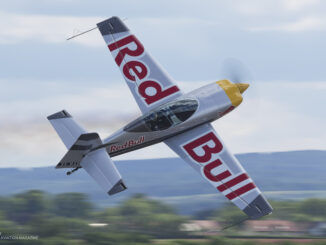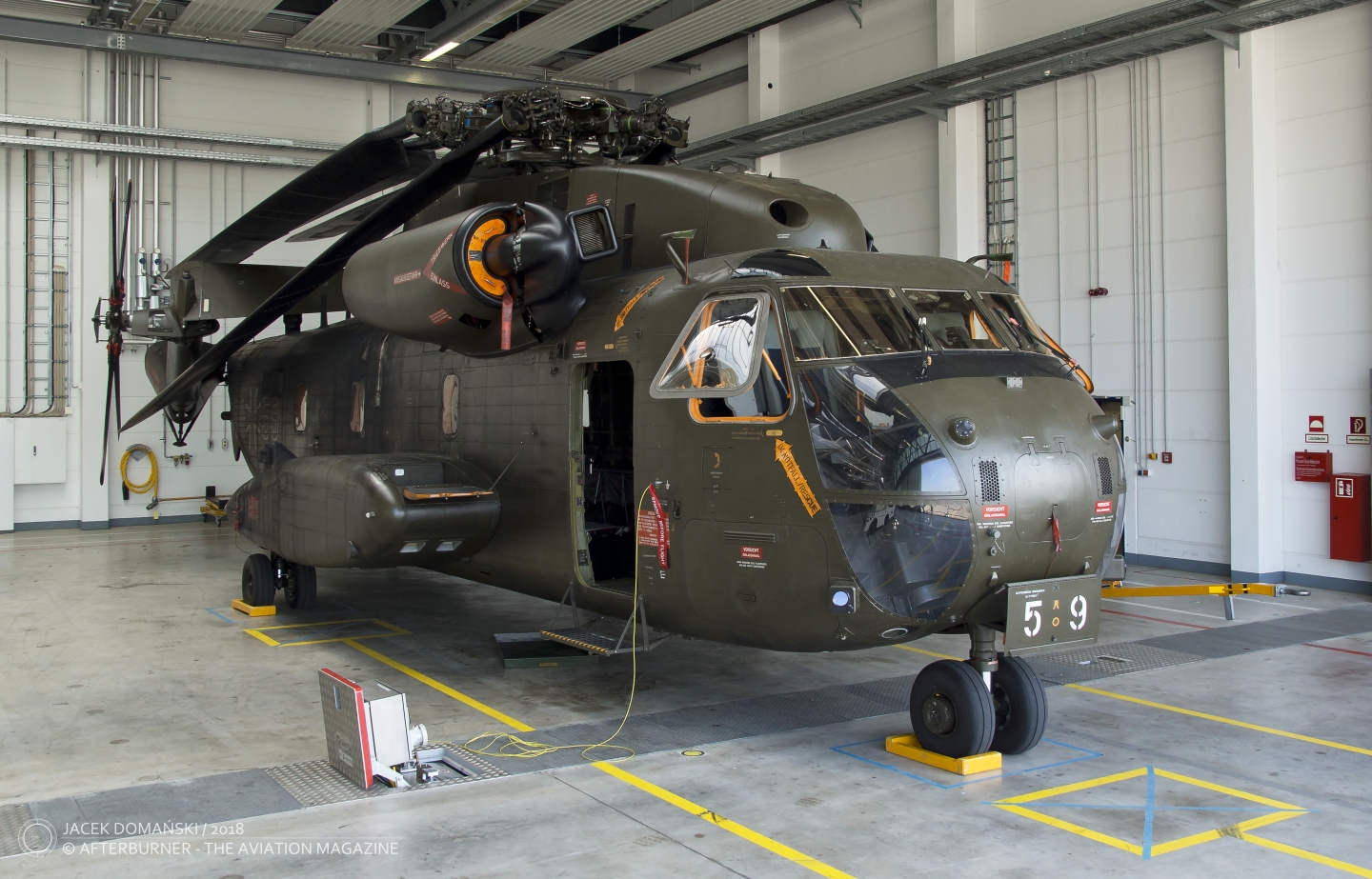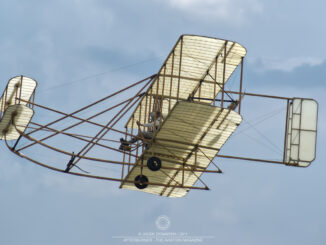 Mikoyan-Gurevich MiG-21MF LanceR C (c/n 96006487, ´6487´ of the Romanian Air Force), static display at Kecskeméti Repülőnap és Haditechnikai Bemutató 2021 (Kecskemet Air Show 2021), Kecskemet, August 2021.
Mikoyan-Gurevich MiG-21MF LanceR C (c/n 96006487, ´6487´ of the Romanian Air Force), static display at Kecskeméti Repülőnap és Haditechnikai Bemutató 2021 (Kecskemet Air Show 2021), Kecskemet, August 2021.
The story of MiG-21 in Romanian service began in 1962, when the first aircraft of that type was delivered to Romania. It was the first-generation MiG-21 F-13, a short-range day fighter without onboard radar station, developed in 1960 and designated Izdeliye 74 (NATO reporting name ´Fishbed-C´). The aeroplane, with tactical number ´10´, was assigned to the 91st Fighter Aviation Regiment in Deveselu (Regimentul 91 Deveselu Aviatie Vanatoare). The first Romanian pilot reported to fly with the MiG-21 was Captain Alexandru Marcu.
Until the end of 1962, twelve MiG-21 F-13 jets were delivered to Romania. Next year, the country´s air force received another twelve MiG-21 aircraft of the same version.
Deliveries of that type of aircraft to the RoAF were continued over the next decades and included a broad range of variants – PF, PFM, U, R, M, US, MF and UM. In total, the RoAF acquired more than 300 examples of the MiG-21 fighters that were delivered between 1962 and 1982 – although there are sources that claim significantly bigger numbers, even exceeding 400. In addition, five MiG-21UM were also purchased yet in 1990.
During five long decades, the MiG-21 was the workhorse of Romanian fighter aviation. The aeroplane remained in active service for more than sixty years, outliving its younger and more advanced counterparts with the RoAF – MiG-23 and MiG-29.
The first two MiG-23UB (NATO reporting name ´Flogger´) jets arrived to Romania in January of 1979. In May of the same year, they were followed by fourteen MiG-23MF fighters. Another two MiG-23UB and twelve MiG-23MF were received until the spring of 1980. In total, the RoAF acquired forty-six examples of that Soviet fighter in both aforementioned variants. The Romanian MiG-23s remained in active service until 2001, when they were officially retired.
An interesting fact is that, shortly after their delivery, the ´Floggers´ became one of the bones of contention between the Soviet authorities and Romanian dictator, Nicolae Ceaușescu. The reason was Romania wanted to be authorized to manufacture spare parts for the MiG-23, as well as to provide general repairs and upgrades of the aircraft – while the Soviet planned economy assigned those tasks only to the East Germany and Bulgaria.
In 1989, likewise other Eastern Bloc countries, Romania received the first batch of four MiG-29 (NATO reporting name ´Fulcrum´) fighter aircraft. Although the country initially ordered forty-five jets, only twenty-one were finally delivered until the end of 1990 (seventeen single-seat fighters and four two-seat trainers), and the remaining part of the order was cancelled. In addition, Romania acquired another two aircraft of that type – one from Moldova in 1992 and another one from Russia in 1994.
However, dissolution of the Eastern Bloc caused several issues related to operational service, maintenance and service of the Romanian MiG-29s. The country made an attempt to modernize their ´Fulcrum´ fleet but works on that project were abandoned in a short time (click here to learn more about the Romanian MiG-29 upgrade programme).
Eventually, the country decided to perform a significant upgrade of their MiG-21 fleet that, in the early 1990s, still exceeded one hundred aircraft in service. That upgrade was made by the joint venture of Romanian company Aerostar SA and Elbit Systems from Israel (click here to read about the MiG-21 modernization programme).
The Romanian modernization of the MiG-21s, designated ´LanceR´, remained in service until the 2020s. Nevertheless, decision about their retirement was made yet in 2013, when Romania signed the agreement on purchase of twelve second-hand F-16 Fighting Falcon fighter jets from Portugal.
In September of 2016, the first six Vipers entered service with the RoAF, followed by another three in November of the same year and last three that were delivered in 2017. It was a significant change for the RoAF that also speeded up the MiG-21 retirement process.
On 15th May 2023, the remaining MiG-21s in the RoAF inventory were officially withdrawn from the active service during the solemn ceremony held in three air force bases: Câmpia Turzii, Borcea and Bacău (click here for further details related to the MiG-21 retirement day).



